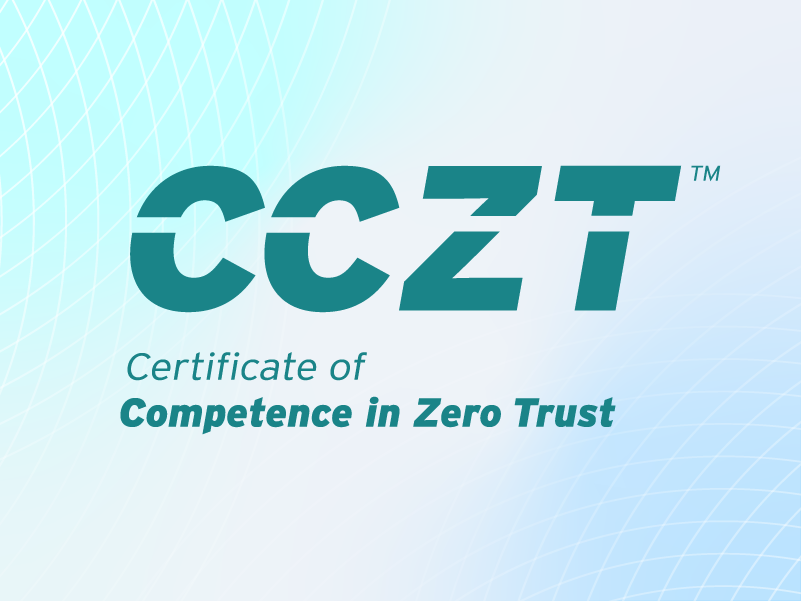Using an LLM as a Judge
Published 10/28/2025
What is using an LLM as a judge?
Using an LLM as a judge is the practice of using a large language model to evaluate the quality of AI-generated content, essentially letting one model serve as the “judge” of another model’s output.
At its core, using an LLM as a judge involves leveraging the reasoning and evaluation capabilities of one AI system to assess the performance of another AI system. The LLM judge is given instructions or criteria through a prompt — which may include few-shot examples (providing an AI model with a few examples of a task to guide its performance) — and asked to provide an evaluation. This creates a form of AI-based evaluation system that can supplement or, in some cases, replace human evaluation, which is typically expensive, time-consuming, and challenging to scale. Using an LLM as a judge also provides a more flexible approach to evaluation beyond other automated evaluators like checking for exact regular expressions or semantic similarity in outputs.
Benefits of using an LLM judge
Using an LLM as a judge has several advantages, including its ability to scale, deliver inference-time safety, save costs, and leverage specialized knowledge.
Scalability
The most immediate benefit is scalability. LLM judges can evaluate thousands or millions of outputs much faster than human evaluators. Human evaluation, while high-quality, faces severe bottlenecks.
When developing modern AI systems, researchers might need to evaluate millions of model outputs across thousands of test cases. Human evaluators simply cannot keep pace with this volume. For context, training a state-of-the-art model might involve evaluating billions of tokens of text, which would require thousands of human evaluators working full-time.
An LLM judge can process these evaluations at machine speed, enabling much more comprehensive testing and faster development cycles. This allows teams to test far more variations of models, prompts, and training techniques than would otherwise be possible.
An extension of this relates to scalable oversight, which is a set of techniques and approaches to help humans effectively monitor, evaluate, and control complex AI systems. This includes using AI systems to assist in supervising other AI systems, as they can more reliably judge output.
Inference-time safety
Using LLM judges to monitor and control model output in real time helps avoid harmful content, factual errors, or privacy violations.
Inference-time safety refers to the safeguards applied during the generation of outputs by a trained model at inference time to prevent undesirable or harmful results. This is in contrast to training-time alignment (e.g., fine-tuning with reinforcement learning from human feedback [RLHF]), which adjusts the model’s parameters beforehand.
Using an LLM judge in inference-time safety acts as a line of defense while the model is producing text, helping ensure the model's response adheres to ethical and safety guidelines, steering or filtering the model's behaviour on the fly.
Inference-time safety mechanisms — and LLM judges in particular — are particularly effective at mitigating the risk associated with harmful or toxic content, hallucinations, misinformation, and privacy violations. It has been shown that the degree of reliability and safety typically improves when the judge model is provided with greater computational resources for its reasoning.
Cost-effectiveness
Using an LLM as a judge reduces the need for extensive human evaluation.
Human evaluation is expensive. Hiring qualified evaluators, especially for specialized domains like legal or medical content, can cost hundreds of dollars per hour. Training these evaluators and managing quality control adds further expenses.
While powerful LLMs have their own operational costs, these costs scale much more efficiently with volume. The economics become especially favorable when evaluating thousands or millions of outputs.
Specialized domain knowledge
For certain specialized domains like advanced physics, medicine, or specific programming languages, finding qualified human evaluators can be difficult.
LLMs that have been exposed to vast amounts of specialized literature can sometimes evaluate technical content with a breadth of knowledge that would be difficult to match with available human evaluators. This is particularly valuable for niche technical areas.
Limitations and risks of LLM judges
Though using an LLM as a judge has many advantages, there are limitations and risks associated with this approach. This includes biases in judgement, the potential for hallucination, the risk of blind spots, and the potential for exploitation.
Biases in judgement
LLM judges can exhibit certain biases in their evaluations, potentially mirroring human biases or caused by the model’s architecture or training. An example of this is positional bias - the tendency to favor whichever answer is placed in a certain position, regardless of the content.
Hallucination
Since the judge model is itself a generative AI model, it may sometimes hallucinate reasoning. For example, it might provide an explanation that sounds logical but is incorrect or not truly grounded in the content. There is also the risk that the LLM judge might unintentionally invent criteria on the fly, due to its training to produce an answer. LLM judges can sometimes mis-evaluate outputs or give unreliable justifications.
Over-alignment and preference for safe outputs leading to blind spots
Large language models trained with human feedback, such as GPT-4 or other instruction-tuned models, come with built-in norms about helpfulness and harmlessness. This can lead to over-alignment with those training norms when acting as judges.
Over-alignment risk means the evaluation might not truly reflect end-user preferences but rather the model’s learned notion of an ideal answer. Additionally, if all models are trained on similar alignment data, the judge might have a blind spot for certain mistakes, creating a feedback loop where those flaws go unnoticed.
Potential for exploitation or gaming
Because LLM judges follow prompts and learned patterns, they have the potential to be exploited. For example, if a user knows the evaluation criteria, they could intentionally influence the model being evaluated to pad its answers with extra justifications or format them in a way that appeals to the judge. If the LLM judge is not robust, models could over-optimize to the judge’s preferences (a form of Goodhart’s law), producing outputs that score well but in reality are suboptimal.
Ensuring that you are applying the judge LLM correctly can mitigate some of these limitations. These include:
- Careful prompt engineering, including providing strict rubrics for response
- Verifying sample outputs.
- The reasoning provided by LLM judges is a learned behaviour, not guaranteed logical rigor.
- This also includes ensuring proper safety alignment, if applicable.
- Ensuring that the LLM judge system does not become a brittle, gamable metric.
Using LLMs as a judge use cases
Using LLMs as a judge is applicable to many AI tasks, especially where evaluation outcomes are subjective or hard to automate with simple rules. This includes the following examples:
- Evaluating harmful or toxic content: Without safeguards, a model might output hate speech, harassment, violent content, extremism, or instructions for illegal acts.
- Evaluating negative comments: Judge LLMs can identify negative comments or scandals of corporations, including checking for factual consistency of the content to mitigate hallucinations.
- Human preference modeling: This includes ranking chatbot responses or scoring generated text.
- Judging code outputs: This includes checking whether code is correct or efficient.
Conclusion: Balancing Power and Caution
Using an LLM as a judge offers tremendous promise: scalability, cost savings, and even domain-specific expertise that humans might struggle to match. It can streamline evaluation, provide real-time safeguards, and help advance AI development at machine speed.
Yet, these benefits come with real risks that range from bias and hallucination to blind spots and exploitation. The key is balance. Treating LLM judges as a complement, not a replacement, for human oversight ensures their power is harnessed responsibly. By combining careful prompt design, ongoing validation, and human-in-the-loop safeguards, organizations can leverage LLM judges effectively while keeping evaluation both rigorous and trustworthy.
About the Author
Phil Munz is the Senior Manager of Data Science at TrojAI, working with a dynamic team of innovators who are building tools to secure the behaviour of AI models. He has applied his MMath and MStats degrees over the past 15 years to various projects, including automated weapon and disturbance detection (EhEye/Patriot One Technologies), anomalies in streaming video technologies (Mariner) and forest fire modeling for fire resource management (University of Western Ontario), and the population dynamics of a hypothetical zombie outbreak. He holds five patents and a Guinness World Record.

Related Resources



Unlock Cloud Security Insights
Subscribe to our newsletter for the latest expert trends and updates
Related Articles:
The Ghost in the Machine is a Compulsive Liar
Published: 12/12/2025
Why Your Copilot Needs a Security Co-Pilot: Enhancing GenAI with Deterministic Fixes
Published: 12/10/2025


.png)
.jpeg)
.jpeg)
.jpeg)
.jpeg)